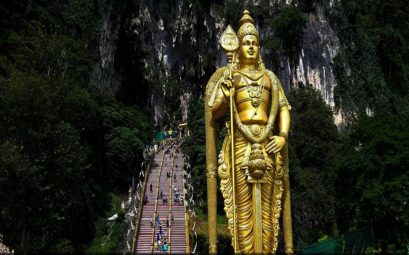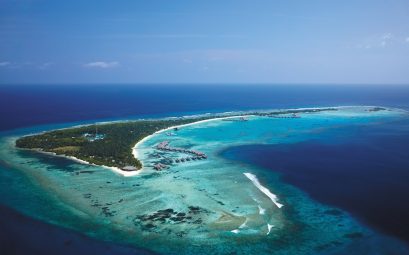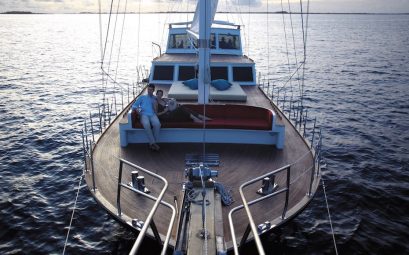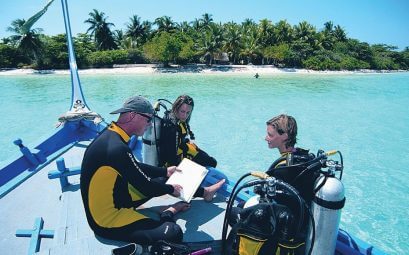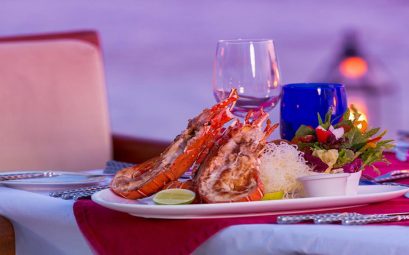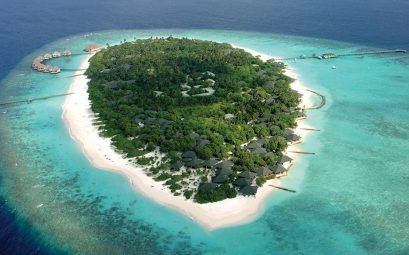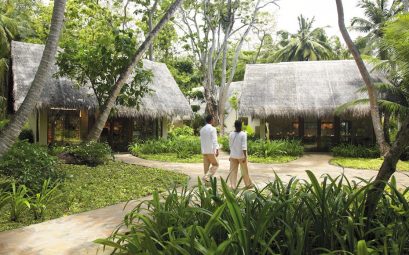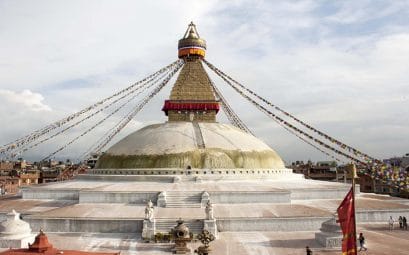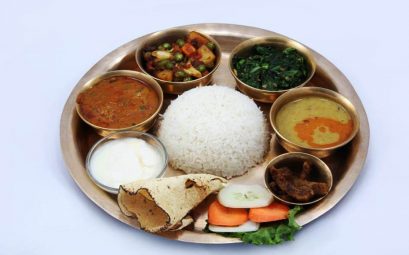Explore Malaysia
Shopping in Malaysia
Shopping in KL is one of the major attractions in Malaysia with a variety of fashionable products and handicrafts available from shopping complexes like The Curve and Berjaya Times Square, to department stores and smaller boutiques and markets, all at great value.
The Central Market in Chinatown is a centre for traditional handicrafts, antiques and art where you can also employ your bargaining skills to get the best prices on ‘branded’ merchandise. There is also the Chow Kit Market, a Malay market with many roadside vendors lining Jalan Tuanku Abdul Rahman (also known as Jalan TAR). On Saturday nights, some streets are closed to traffic and host lively night markets. Prepare to negotiate a good price and go home with a bargain!
Step away from the city to get a taste of Malaysia’s rich heritage by visiting the old fortresses, temples, churches and burial grounds in Malacca (or Meleka) which project an elaborate display of Dutch, Portuguese, French and Chinese influence against a modern Malaysian backdrop.
Malaysia’s other major tourist attractions are a delightful mix of national parks and wildlife reserves, beaches and mountains.
Langkawi‘s archipelago offers stunning beaches and resorts while you can also watch for turtles in season on the beaches of Cherating in Pahang.
More than 60 percent of the country is under rainforest cover, home to over 8000 species of flora in Peninsular Malaysia alone. The fascinating natural wildlife in the country includes elephants, rhinoceros, tigers, leopards, tapirs, sun bears, orangutans and gibbons.
Get a closer encounter with Malaysian wildlife set in the virgin equatorial rainforest of the Sepilok Orangutan Sanctuary, home to rare plants, animals and birds. Taman Negara National Park is one of the world’s oldest tropical rainforests while in Borneo, the Gunung Mulu National Park in North Sarawak is home to an extensive limestone cave system – including the largest cave chamber in the world – the Sarawak Chamber.
For added adventure, scale Mt. Kinabalu the highest mountain in Southeast Asia and watch the sunrise from beneath the clouds that surround the peak before taking a dip in the Poring Hot Springs of Kinabalu Park.
The diving and snorkelling off Tioman Island and Redang Island is superb, both islands boast underwater caves and incredible coral reefs that are home to blue spotted rays, black tip sharks, lion fish, moray eels, turtles and pufferfish.
Sipadan Island, off the coast of Sabah, is said to have some of the best diving in the world for advanced divers. Big fish like barracuda, reef sharks and even manta rays come out to play with lobsters, octopus, scorpion fish and clownfish.


